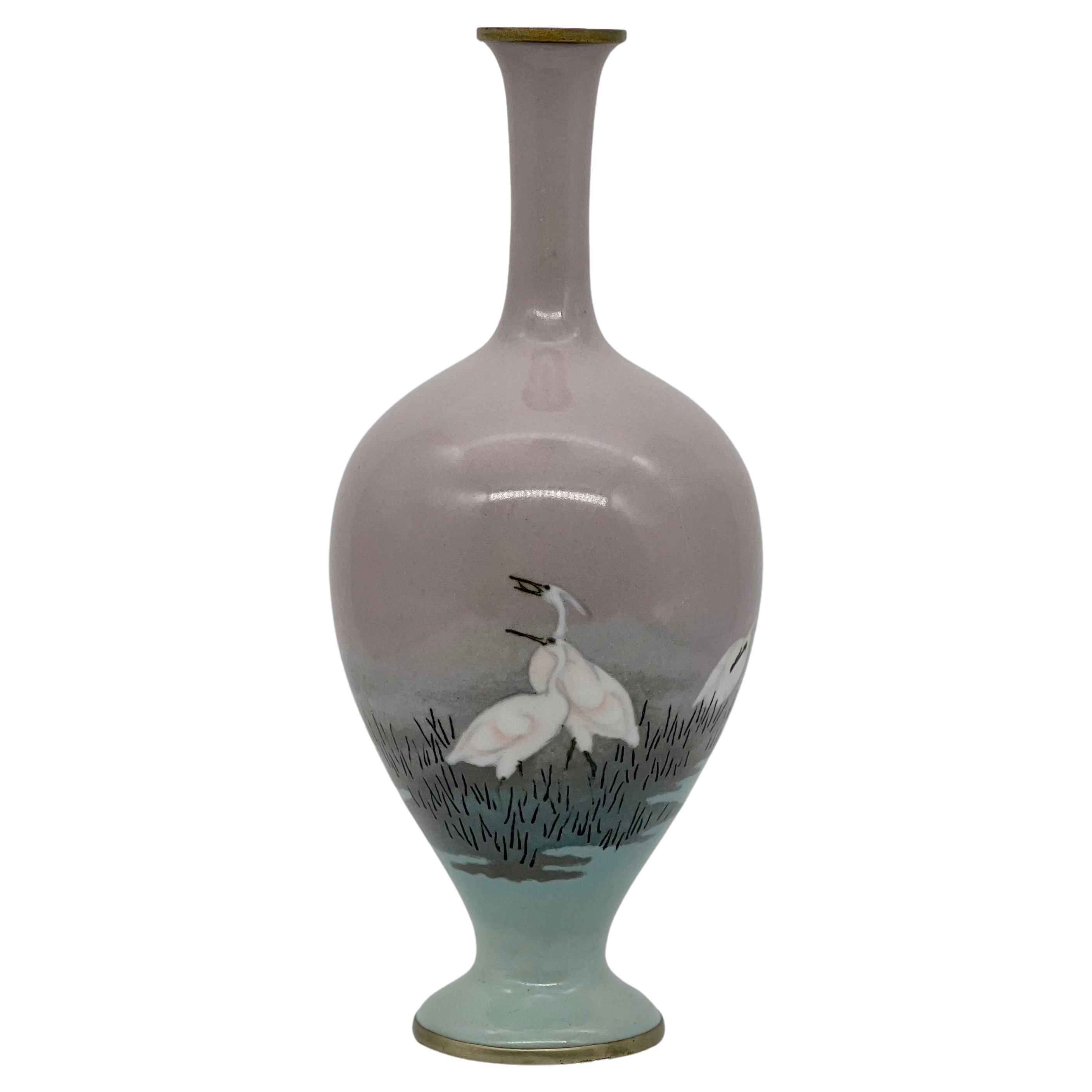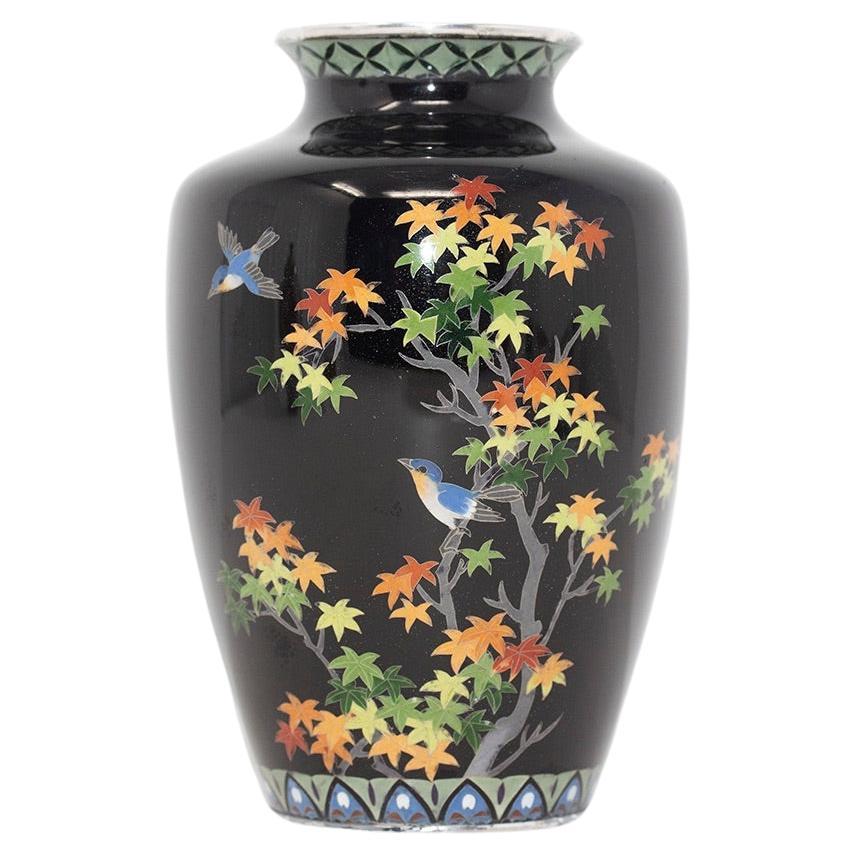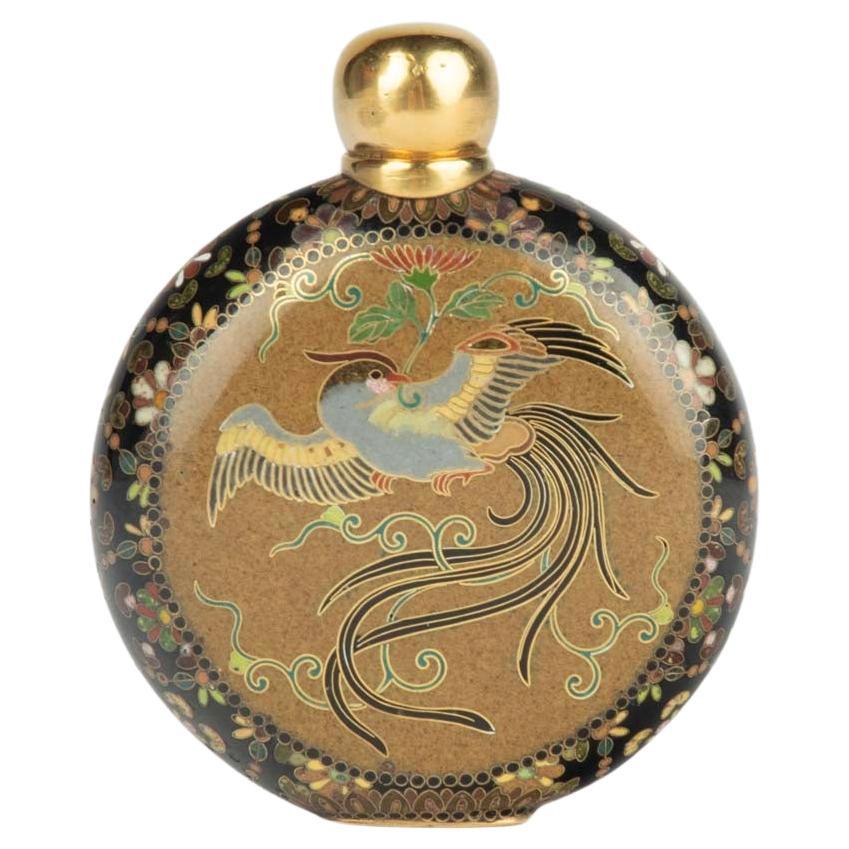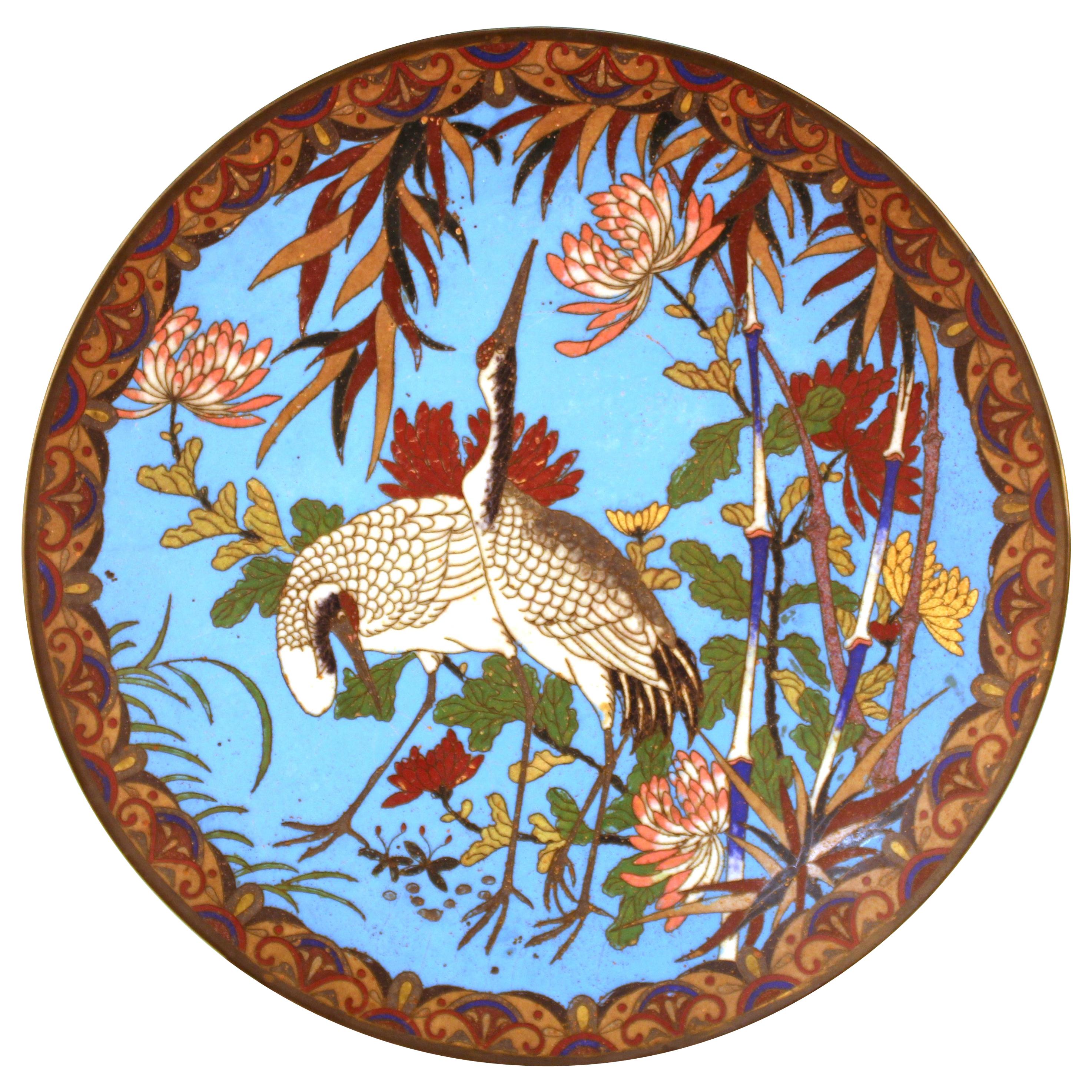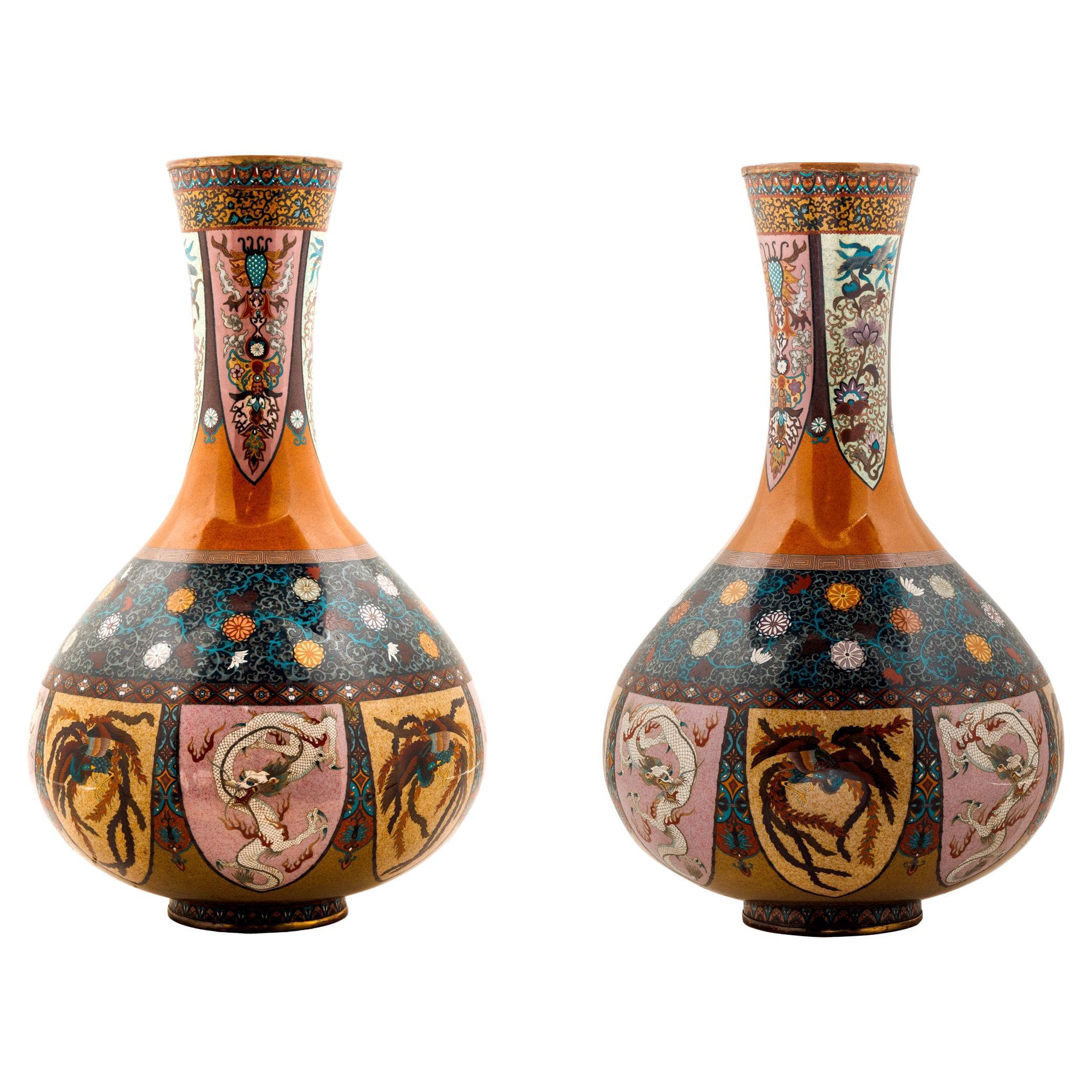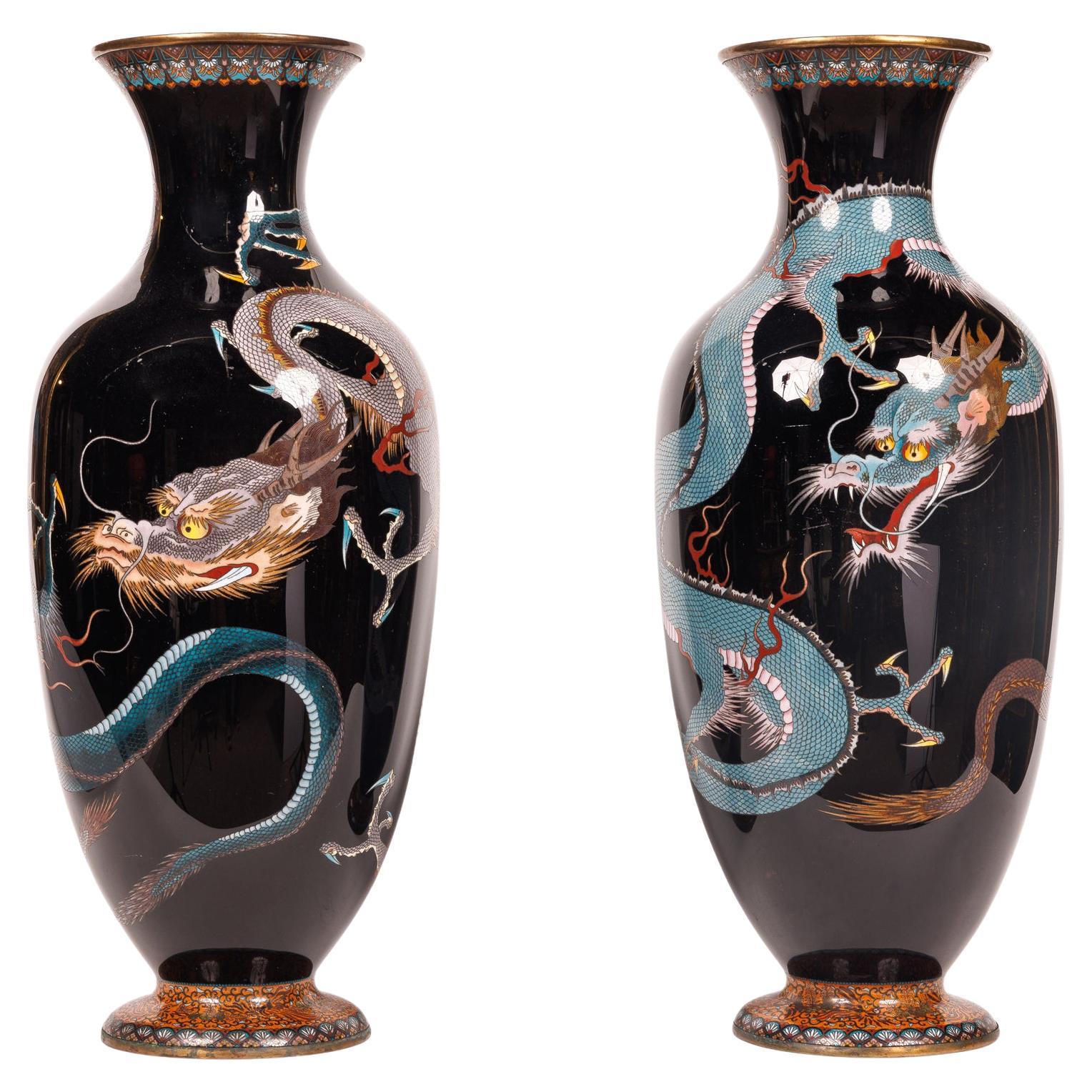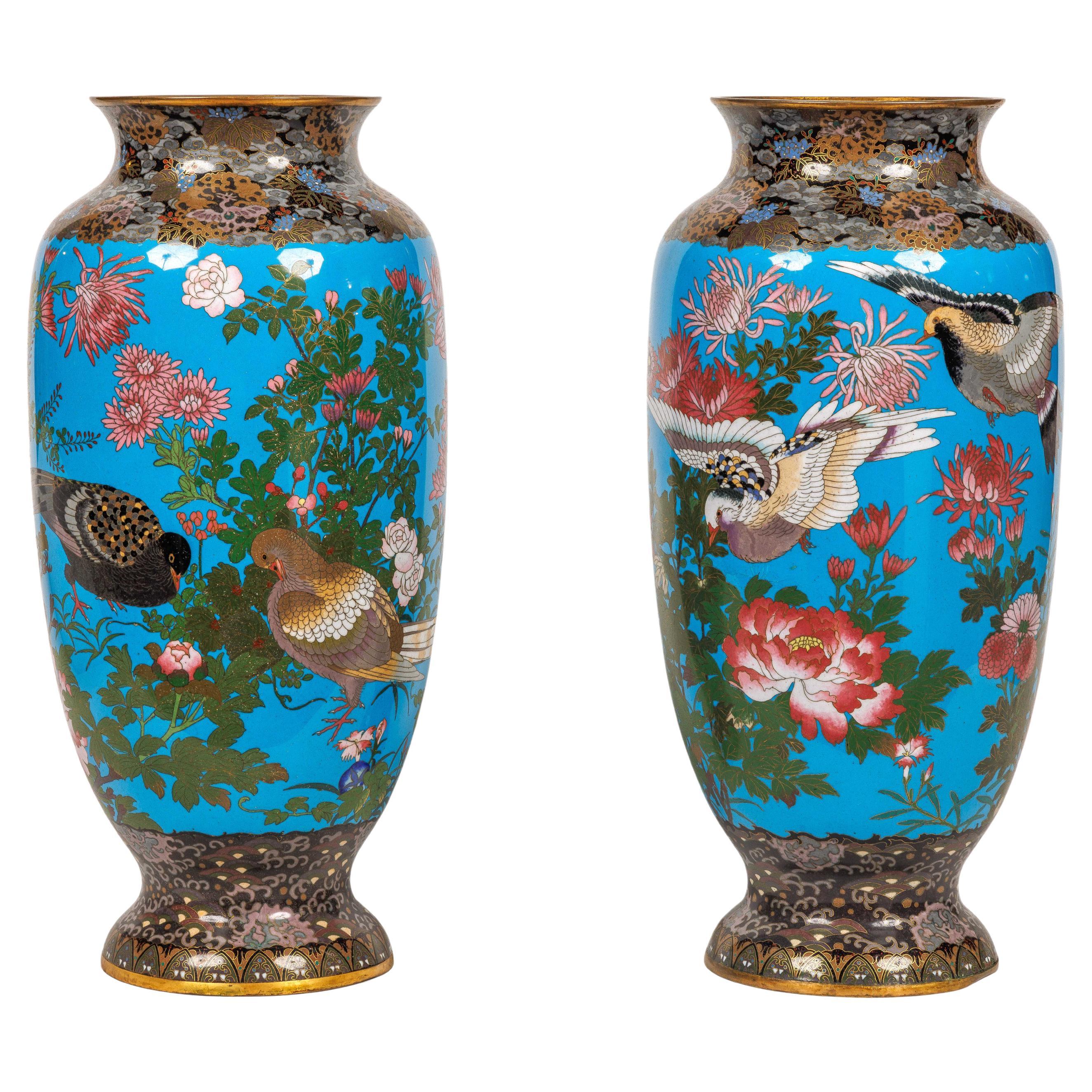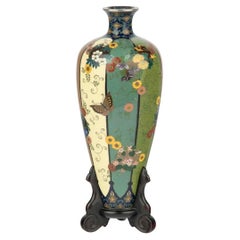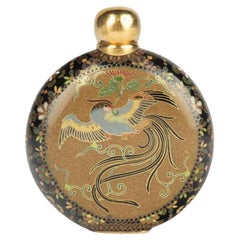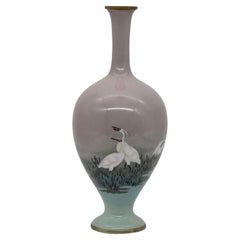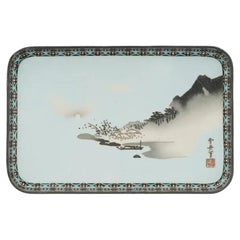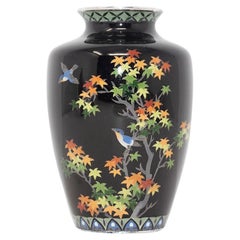
Japanese Cloisonne Enamel Tray, Namikawa Sosuke
View Similar Items
Video Loading
Want more images or videos?
Request additional images or videos from the seller
1 of 8
Japanese Cloisonne Enamel Tray, Namikawa Sosuke
About the Item
- Dimensions:Height: 0.4 in (1 cm)Width: 6.7 in (17 cm)Depth: 9.06 in (23 cm)
- Style:Meiji (Of the Period)
- Materials and Techniques:Enamel,Cloissoné
- Place of Origin:
- Period:
- Date of Manufacture:1868-1912
- Condition:Wear consistent with age and use.
- Seller Location:Christchurch, GB
- Reference Number:1stDibs: LU8622234034892
About the Seller
5.0
Vetted Seller
These experienced sellers undergo a comprehensive evaluation by our team of in-house experts.
Established in 2011
1stDibs seller since 2023
Typical response time: 1 hour
More From This SellerView All
- Japanese Cloisonne Enamel Vase – Namikawa YasuyukiLocated in Christchurch, GBAs part of our Japanese works of art collection we are delighted to offer this striking Meiji Period 1868-1912, cloisonne enamel vase by the Imperial artist Namikawa Yasuyuki...Category
Antique 19th Century Japanese Meiji Metalwork
MaterialsSilver, Enamel
- Japanese Cloisonne Enamel Scent Bottle – Namikawa YasuyukiLocated in Christchurch, GBAs part of our Japanese works of art collection we are delighted to offer this exceptional quality Meiji Period 1868-1912, circa 1895 cloisonne enamel scent bottle by the most highly regarded cloisonne master of the period, the Imperial artist Namikawa Yasuyuki 1845-1927. On this occasion Namikawa has manufactured a scent bottle of rounded form with opposing panels, the first panel depicts an exotic bird carrying a floral sprig in its mouth, the bird finely rendered in solid gold wire upon a buff coloured ground, the reverse depicts a gold wired butterfly...Category
Antique 19th Century Japanese Meiji Metalwork
MaterialsEnamel, Wire
- Fine Japanese Cloisonne Enamel Vase – Namikawa YasuyukiLocated in Christchurch, GBAs part of our Japanese works of art collection we are delighted to offer this fine quality Meiji Period (1868-1912) cloisonne enamel vase manufactured by the Imperial artist Namikawa Yasuyuki...Category
Antique 19th Century Japanese Meiji Metalwork
MaterialsSilver, Enamel, Wire
- Japanese Cloisonne Enamel Bottle Vase – Namikawa Yasuyuki (1845-1927)Located in Christchurch, GBAs part of our Japanese works of art collection we are delighted to offer this most exquisite Meiji Period 1868-1912, cloisonne enamel bottle vase manufactured by the most highly revered enamel artist of the late 19th century, the imperial artist Namikawa Yasuyuki...Category
Antique 19th Century Japanese Meiji Metalwork
MaterialsGold, Silver, Enamel
- Japanese Silver and Mixed Metal Koro, Artist SignedLocated in Christchurch, GBAs part of our Japanese works of art collection we are delighted to offer this super quality Meiji Period 1868-1912, pure silver and mixed metal koro or incense burner, the heavy sil...Category
Antique 19th Century Japanese Meiji Metalwork
MaterialsMetal, Silver
- Very Large Japanese Bronze Ferry Boat Okimono by SeiyaLocated in Christchurch, GBAs part of our Japanese works of art collection we are delighted to offer this most unusual large scale Meiji Period 1868-1912, bronze casting of a wooden ferry boat carrying passeng...Category
Antique 19th Century Japanese Meiji Metalwork
MaterialsBronze
You May Also Like
- Fine Japanese Cloisonné-enamel and Musen Vase Attributed to Namikawa SosukeLocated in London, GBA magnificent Cloisonné-enamel and Musen Baluster vase attributed to Namikawa Sosuke. Meiji era (1868-1912), late 19th century. This vase features an elegant classic form with a sle...Category
Antique Late 19th Century Japanese Metalwork
MaterialsEnamel
- Japanese Wireless Cloisonné Serving Tray Meiji After Namikawa SosukeLocated in New York, NYA rare 19th Century Japanese copper serving tray with cloisonne enamel design. The central part of the tray depicts a wireless cloisonne picture, a coastal landscape view with a full moon. The hieroglyphical signature of the artist is in the lower right. The rims and the backside are decorated with floral ornaments. Blue and black color palette. Collectible Oriental Decor And Applied Arts For Interior Design. Namikawa Sosuke (1847–1910) was a Japanese cloisonné artist,[1] known for innovations that developed cloisonné enamel into an artistic medium sharing many features with paintings.[2][3] He and Namikawa Yasuyuki (no relation)[notes 1] were the most famous cloisonné artists of the 1890 to 1910 period, known as the "golden age" of Japanese enamels.[1] Around 1880 he set up and ran the Tokyo branch of the Nagoya Cloisonné Company.[1] He exhibited his artworks at national and international expositions, where he took an organising role.[2] He was recognised as an Imperial Household Artist and created art works for imperial residences. He sometimes signed his works with the character sakigake (Pioneer) the art work is based off a art work done by Sesshu Toyo Sesshu Toyo (?? ??, c. 1420 – August 26, 1506), also known simply as Sesshu (??), was a Japanese Zen monk and painter who is considered a great master of Japanese ink painting. Initially inspired by Chinese landscapes, Sesshu's work holds a distinctively Japanese style that reflects Zen Buddhist aesthetics.[1] His prominent work captured images of landscapes, portraits, and birds and flowers paintings, infused with Zen Buddhist beliefs, flattened perspective, and emphatic lines.[2] Sesshu was born into the samurai Oda family (???) and trained at Shokoku-ji temple in Kyoto, Japan, as a Zen monk.[1] From his early childhood, Sesshu showed a talent for painting and eventually became widely revered throughout Japan as a wise, reputable Zen scholar, and the greatest painter priest of Zen-Shu.[3] Sesshu worked in a painting atelier whilst training under Tensho Shubun (c. 1418–1463). But upon visiting China, his work betook a distinctive Chinese influence, merging Japanese and Chinese styles to develop his individualistic style of Zen paintings.[3] Sesshu's influence on painting was so wide that many schools of art appointed him their founder.[4] Sesshu's most acclaimed works are Winter Landscape (c. 1470s), Birds and Flowers (1420–1506) and Four Landscape Scrolls...Category
Antique Late 19th Century Japanese Metalwork
MaterialsCopper, Enamel
- Japanese Cloisonne Enamel Vase Ando CompanyBy Ando JubeiLocated in Newark, EnglandJapanese cloisonne enamel vase. The vase of ovoid form with circular opening, black enamel glaze and silver mounted rims. Boldly decorated with autumnal flowers and birds. To the top and bottom geometric patterns finish the vase. Notes Ando Cloisonné...Category
Early 20th Century Japanese Meiji Metalwork
MaterialsMetal, Silver, Enamel
- Exquisite Cloisonné Enamel Vase and Cover in the Manner of Namikawa YasuyukiLocated in London, GBA Exquisite Cloisonné enamel vase and cover in the Manner of Namikawa Yasuyuki . Meiji period. A 19th century Japanese cloisonne lidded vase and...Category
Antique Late 19th Century Metalwork
MaterialsEnamel
- Japanese Meiji Cloisonne Enamel Plate with Cranes and Chrysanthemum PatternLocated in New York, NYJapanese Meiji period plate with colorful cloisonne enamel, depicting two cranes and a chrysanthemum pattern on the border. The piece has a blue enameled back side and was made in ci...Category
Antique Early 1900s Japanese Meiji Metalwork
MaterialsEnamel
- Large Pair of Japanese Cloisonne Enamel Vases Attributed to Honda YasaburoLocated in New York, NYA large pair of Japanese Cloisonne Enamel vases attributed to Honda Yasaburo, 19th century. Finley decorated with the rich enamel colors of orange and green, these vases are desig...Category
Antique 19th Century Japanese Meiji Metalwork
MaterialsCopper, Enamel
Recently Viewed
View AllMore Ways To Browse
Antique Enamel
Enamel Antique
We Japanese
Antique Signatures
Antique Signature
Enamel Collection
Enamel 8
Traditional Japanese Furniture
Antique Inspiration
Japanese Works Of Art
Seal Collection
Antique Enamel Signs
Enamel Signs Antique
Enamel Antique Signs Enamel Signs
Japanese Head
Japanese Enamel
Enamel Japan
Manufacture Japanese
